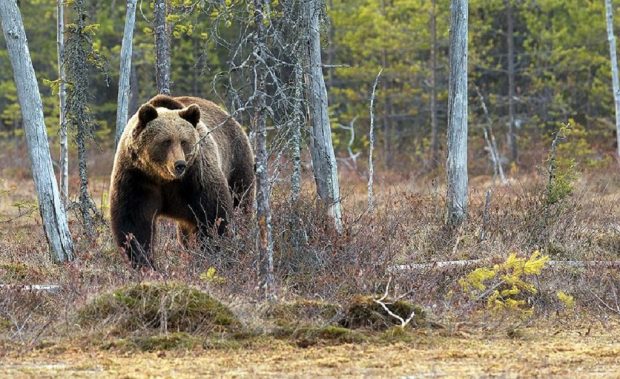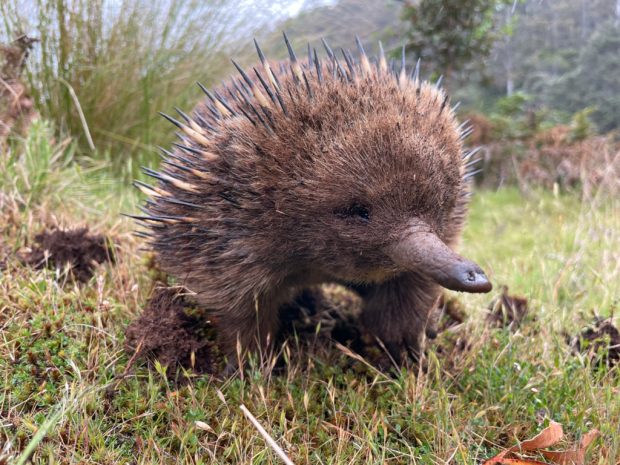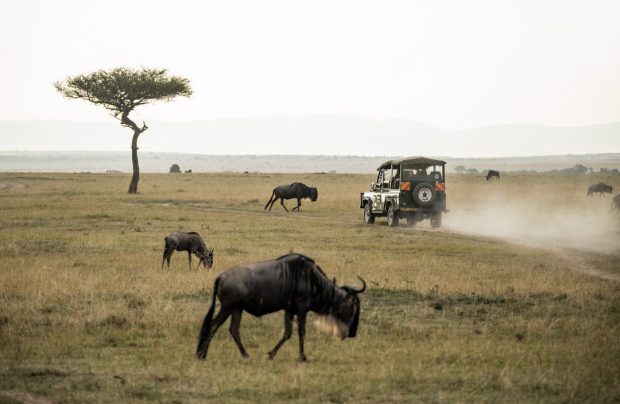Wildlife watching is a great way to get closer to nature, learn about its animals and ecosystems, and enjoy some peaceful time outdoors. But how do you go about doing it successfully? In this article, we’ll share some tips on how to make wildlife watching a rewarding experience for you and your companions.
Why Wildlife Watching is Important?
Wildlife watching is one of the simplest but most rewarding activities you can do while out in nature. Not only does it provide a great opportunity to appreciate nature from a different perspective, but it can also teach you a great deal about the creatures that live there. Great places for wildlife watching are island wildlife tours! Here are some of the reasons why is it so important:
- Wildlife Watching Can Teach You About The Habitats Of Creatures You Wouldn’t ordinarily Encounter
By observing animals in their natural habitats, you can learn a great deal about their behavior and ecology. This information can be invaluable when trying to understand how these creatures survive and thrive in their environment.
- Wildlife Watching Can Improve Your Relationship With Nature
By spending time near wildlife, you can develop a better relationship with nature. Seeing and interacting with these animals in their natural surroundings will help to foster an appreciation for them and make you more aware of their importance in the ecosystem. This increased awareness may even lead to more conservation efforts on your part!
- Wildlife Watching Can Help To Keep Wildlife Safe
By learning about animal behaviors and habitats, you can identify potential danger zones and help to protect the animals from harm. This can be a great way to help preserve the environment and protect the wildlife that inhabits it!
What to Look for When Watching Wildlife?

When you’re out observing wildlife, it’s important to keep a few things in mind. Here are some tips to help you see and enjoy the animals around you more!
- Never approach within striking distance. Wild animals can be unpredictable and may react unfavorably if they feel threatened. If possible, try to get a comfortable distance from the animal before trying to take photos or videos.
- Respect the animals’ space. Don’t loudly talk or make sudden movements that might startle them. If an animal is displaying aggressive behavior, back away slowly until it becomes calm again.
- Use your camera ethically. Don’t take photos or videos of animals that are in danger, or that you don’t have permission to photograph or film. If possible, try to use natural settings without intrusive lighting or cameras that could disturb the animals’ privacy or interfere with their activities.
How to Spot Animals in the Wild?
Wildlife watching can be a great way to enjoy nature, learn about the animals that live there, and even capture some amazing photos and videos. If you’re new to this hobby, or just want to improve your skills, here are some tips to help you spot wildlife in the wild.
When wildlife watching, it’s important to be aware of your surroundings. Look up and around at the natural features of the area you’re in. This will help you identify potential animal habitats and track their movements.
Another key aspect is learning how to read signs. An animal’s behavior can often give away its location, mood, and intent. For example, if you see a deer stalking through a field, look for clues such as buck tracks in the dirt or fresh leaves that have been disturbed by its feet.
Finally, remember to have patience. Many animals will not approach people for fear of being caught or injured. Rather than getting frustrated, try to relax and take your time observing them from a distance. You may be surprised at what you can see!
Different Types of Wildlife to Watch

Different types of wildlife can be interesting to watch, depending on your location and time of year. If you’re lucky enough to live near a National Park or other protected area, then you may get to watch a variety of animals, including bears, elk, and deer. However, if you live in an urban area with little vegetation, then you may have to settle for watching birds or other small creatures.
Regardless of the type of wildlife you’re interested in watching, there are a few things you need to remember if you want to have a successful outing. First and foremost, make sure the animals are healthy and well fed. Second, keep your distance from the animals; they’re likely to be defensive if they feel threatened. Finally, be aware of your surroundings; if there’s any noise or movement that doesn’t seem normal, then it might be something dangerous lurking nearby.
Tips for Making the Most of Your Wildlife Watching Experience
- When planning your trip, be sure to include some time for wildlife viewing. Even if you’re not an avid bird watcher or nature enthusiast, your trip will be more enjoyable if you give Wildlife a chance.
- Bring your binoculars and a good book or guide to help pass the time while you wait for a sighting. Pace yourself and let the animals come to you; don’t try to force a close encounter.
- If possible, try to get out in different areas of the park or reserve during different times of day and week. This way, you can see both resident and migratory animals.
- If you have kids with you, make sure they know not to touch any animals—even ones that are tame—and that they should stay in sight at all times. Kids can easily get lost in the forest and miss their families for hours on end.
- Remember that wildlife is always watching us and may react unpredictably to human behavior, so be respectful and keep your distance if you see an animal that intimidates or scares you.

End-Up
As a nature lover, you know that one of the best ways to enjoy your time outdoors is by observing wildlife in its natural habitat. However, getting close enough to take great photos and videos can be difficult without disturbing the animals or frightening them away. In this article, we’ll share some tips on how to successfully observe wildlife while keeping yourself and it safe. Armed with these insights, you’ll be well on your way to capturing beautiful images and videos of those amazing creatures out there in the world!
